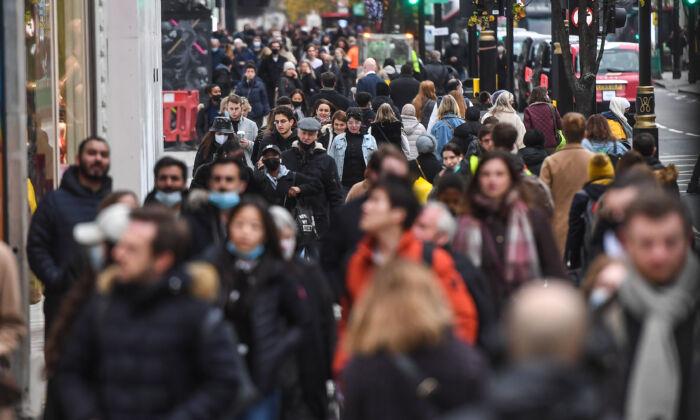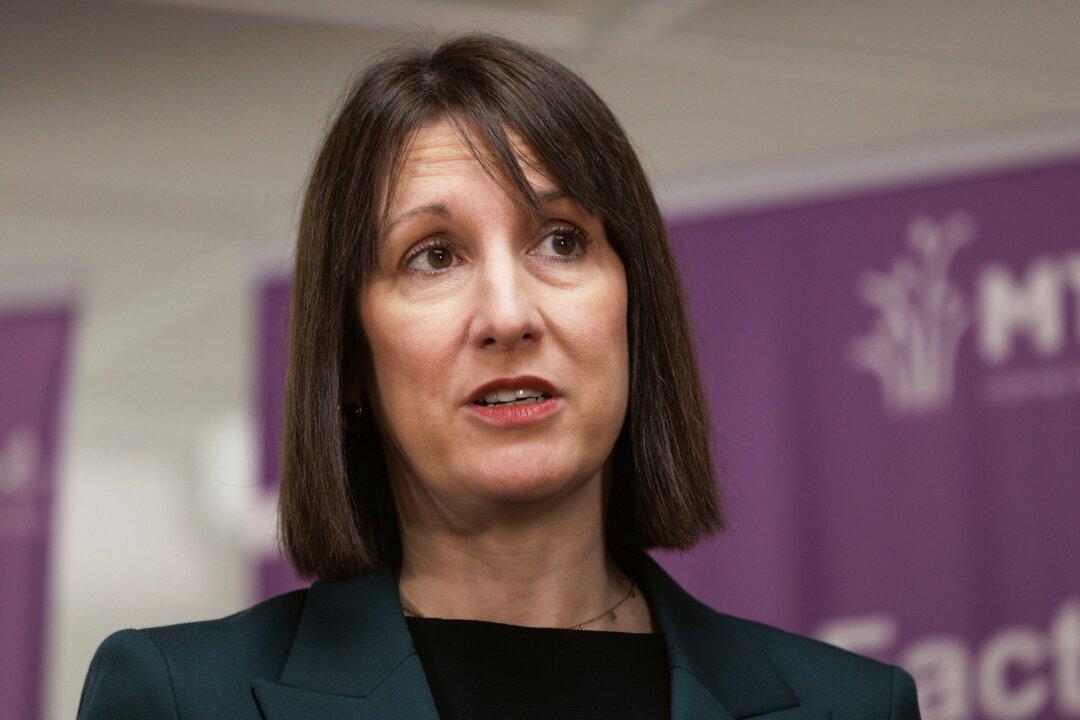The UK’s national employment rate is set to surpass the pre-COVID-19 pandemic level for the first time.
In the latest quarter, the UK employment rate was 76 percent, a rise of 0.2 percentage points from the months November 2022 to January 2023.
The ONS reported that in May the number of employees on the payroll reached 30 million, following a 23,000 increase.
Director of economic statistics at the ONS, Darren Morgan, said: “With another rise in employment, the number of people in work overall has gone past its pre-pandemic level for the first time, setting a new record high, as have total hours worked.
“The biggest driver in recent jobs growth, meanwhile, is health and social care, followed by hospitality.”
The increase in central government employment was attributed to people taking up work with the NHS and the civil service.
The NHS employed an estimated 1.94 million people in March, which was 1 percent higher than in December last year and 3.4 percent higher than March 2022.
At the same time the unemployment rate climbed by 0.1 percentage points to 3.8 percent in the last quarter. Britons who have been unemployed for up to a year drove the increase.
The latest figures showed a drop in the economic inactivity rate by 0.4 points on the quarter to 21 percent.
“While there has been another drop in the number of people neither working nor looking for work, which is now falling right across the age range, those outside the jobs market due to long-term sickness continues to rise, to a new record,” said Morgan.
Chancellor Jeremy Hunt welcomed the “near record high” employment rate last week, speaking ahead of the latest ONS report.
Economic Pressures
With the current inflation rate at 8.7 percent, the government is far from reaching its 2 percent target.Hunt admitted there was no room for complacency, while households are struggling with rising food prices and high inflation.
He reiterated the government’s pledges to halve inflation this year, grow the economy, and reduce the debt.
Economic pressure is one of the factors holding back recruitment. In the latest quarter, vacancies fell by 79,000 to 1,051,000, marking a drop for the 11th consecutive period.
The accommodation and food service sector suffered the largest fall in vacancy numbers, the ONS reported.
Other sectors showing a slowdown in the availability of vacancies were wholesale and retail trade, repair of motor vehicles and motorcycles, and human health and social work activities.
“However, the total number of vacancies remains 250,000 above January to March 2020 pre-coronavirus (COVID-19) levels, with human health and social work activities showing the largest increase, at 56,000,” the ONS reported.
In response to the latest ONS figures, shadow chancellor Rachel Reeves said that Conservative government rule had brought economic chaos to Britain.
“Thirteen years of Tories and today’s labour market stats show a fall in real wages and record numbers out of work due to long-term illness. No wonder family finances are at breaking point. Labour’s growth mission will boost good jobs across Britain and get people back into work,” Reeves said on Twitter.





